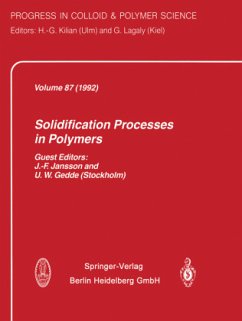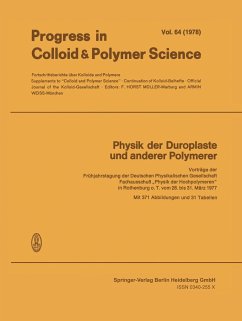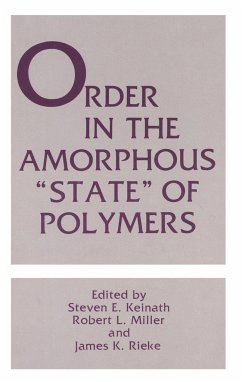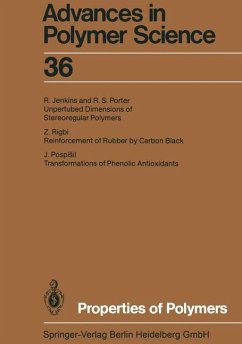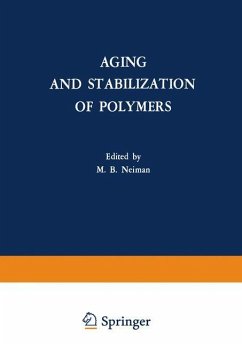
Aging and Stabilization of Polymers

PAYBACK Punkte
19 °P sammeln!
The need for a broad development of the production of polymer ma terials has become evident. All these materials are subject to various types of aging (destruction); hence, stabilizers which permit the stor age, reprocessing, and use of polymer materials without any appreci able change in their properties must be introduced into them. In recent years, this problem of stabilizing polymers has attracted the attention of many scientists and technologists, both in the USSR and abroad. The scientific basis of the foreign studies will be found in a number of theo retical premises, but chiefly the th...
The need for a broad development of the production of polymer ma terials has become evident. All these materials are subject to various types of aging (destruction); hence, stabilizers which permit the stor age, reprocessing, and use of polymer materials without any appreci able change in their properties must be introduced into them. In recent years, this problem of stabilizing polymers has attracted the attention of many scientists and technologists, both in the USSR and abroad. The scientific basis of the foreign studies will be found in a number of theo retical premises, but chiefly the theory of chain reactions with un branched chains. In the Soviet Union, the concepts of Academician N. N. Semenov on chain reactions with degenerate branches have become the starting point of theoretical studies of the stabilization and destruction of polymers. Soviet scientists have developed a theory of critical concentrations of antioxidants and have shown that the processes of stabilization have a very complex chemical character. The nature of the polymers them selves greatly affects these processes and consequently, different stabil izers are required for polymers of different structures. In addition, it has been shown that the antioxidants used thus far can not only cause chain termination, but can also initiate oxidation and give rise to de generate branches.







